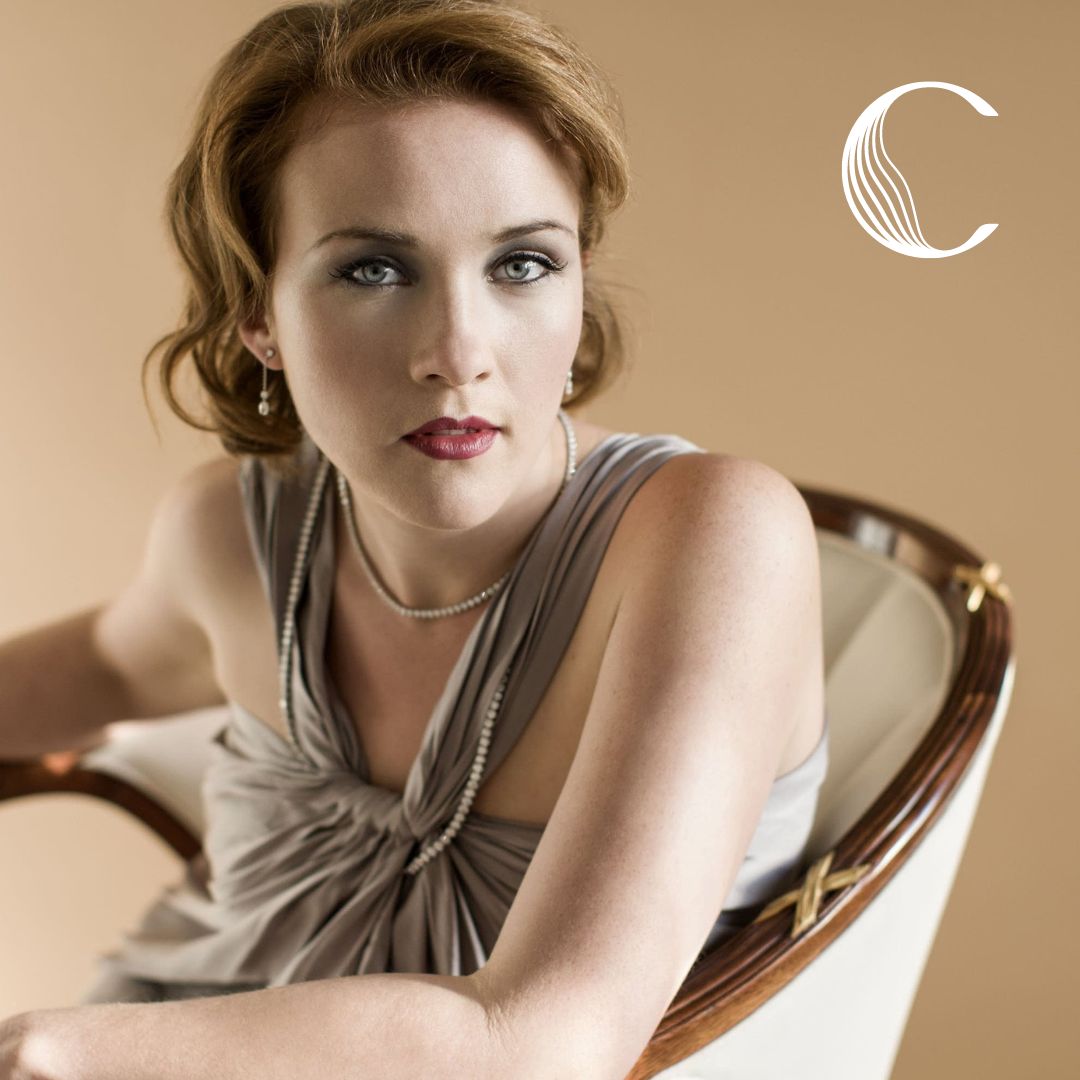
Join our email list to receive the latest info on our upcoming season.
The piano sonata that Ludwig van Beethoven (1770-1827) completed in 1816 emerged from the least productive period of his adult life, amid a custody battle over his nephew and his caretaking of the troubled boy. Those lean years in Beethoven’s output separated his earlier phase of heroic, outward-facing music (his so-called “middle period”) from his final decade of inward soul-searching (the “late period”), a time when his focus turned to the highly personal genres of piano sonatas and string quartets.
For the first movement of that Piano Sonata No. 28 in A Major (Op. 101), Beethoven characterized the tempo as “Somewhat lively, and with the most intimate emotion.” The swaying pulse and understated melodies create an impression almost like a slow movement; the middle movement then counters with a stout march that bears traces of Beethoven’s Baroque forebears in its dotted rhythms and crisp counterpoint. The sonata closes with a two-part finale, its sections separated by a brief recall of the first movement that wafts past like a daydream.
Beethoven’s two cello sonatas from 1815 belong to that painful period of transition defined by family drama and isolation as he came to grips with his deafness. Some aspects of the Cello Sonata No. 5 in D Major (Op. 102, No. 2) recall a simpler time from decades earlier, like how the first movement begins with piano alone, a throwback to the tradition in which such a work would have functioned as a piano sonata with subservient cello accompaniment. Other details point to the transcendent style of Beethoven’s final years, such as the slow movement, played “with great feeling of affection,” that grapples with the tension between minor and major keys. The finale launches into a fugue, a technique long past its heyday that would take on new importance in Beethoven’s final chapter.
Beethoven completed the Piano Trio No. 7 in B-flat Major (Op. 97) in 1811 and dedicated it to the emperor’s younger brother, Archduke Rudolf, who was not just a patron but also a former student and a dear friend. When Beethoven played the piano part at the trio’s debut in Vienna in 1814, his public regard was at an all-time high, buoyed by a revival of the opera Fidelio and the recent premieres of his “Battle” Symphony and Seventh Symphony. At the same time, his advancing deafness finally forced him to accept the inevitable: After the trio’s debut, he never played piano in public again.
Dating from a period in which Beethoven wrote some of his most concise and elemental music, the “Archduke” Trio is uncommonly expansive and melodic. Phrases stretch out gracefully in the ample opening movement, and even the most adventurous harmonic excursions preserve an overall impression of grace and nobility. The middle movements reverse the customary order, placing the Scherzo first. In the central trio section and matching coda, chromatic counterpoint contrasts with the peppy humor of the primary material. To break the spell of the slow movement, a jolting forte outburst ushers in the rondo finale.
© 2019 Aaron Grad.
CMSPB does not discriminate on the basis of race, gender, creed, ethnicity, religion, sexual orientation, age or disability and we are a 501(c)(3) nonprofit organization.
Site maintained by Teller | © 2020-2022 Chamber Music Society of Palm Beach | All rights reserved.